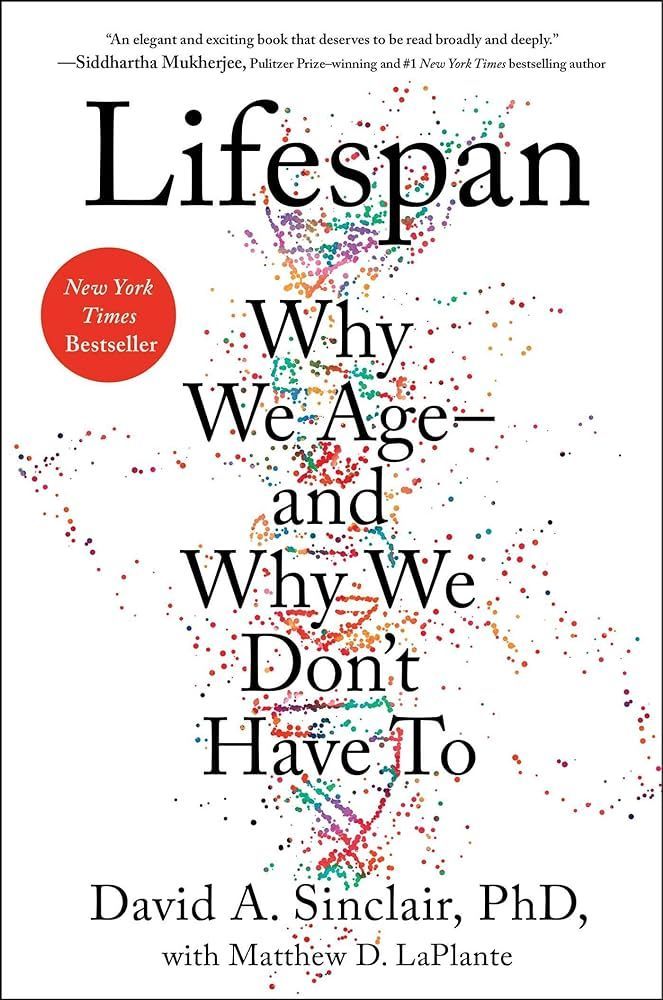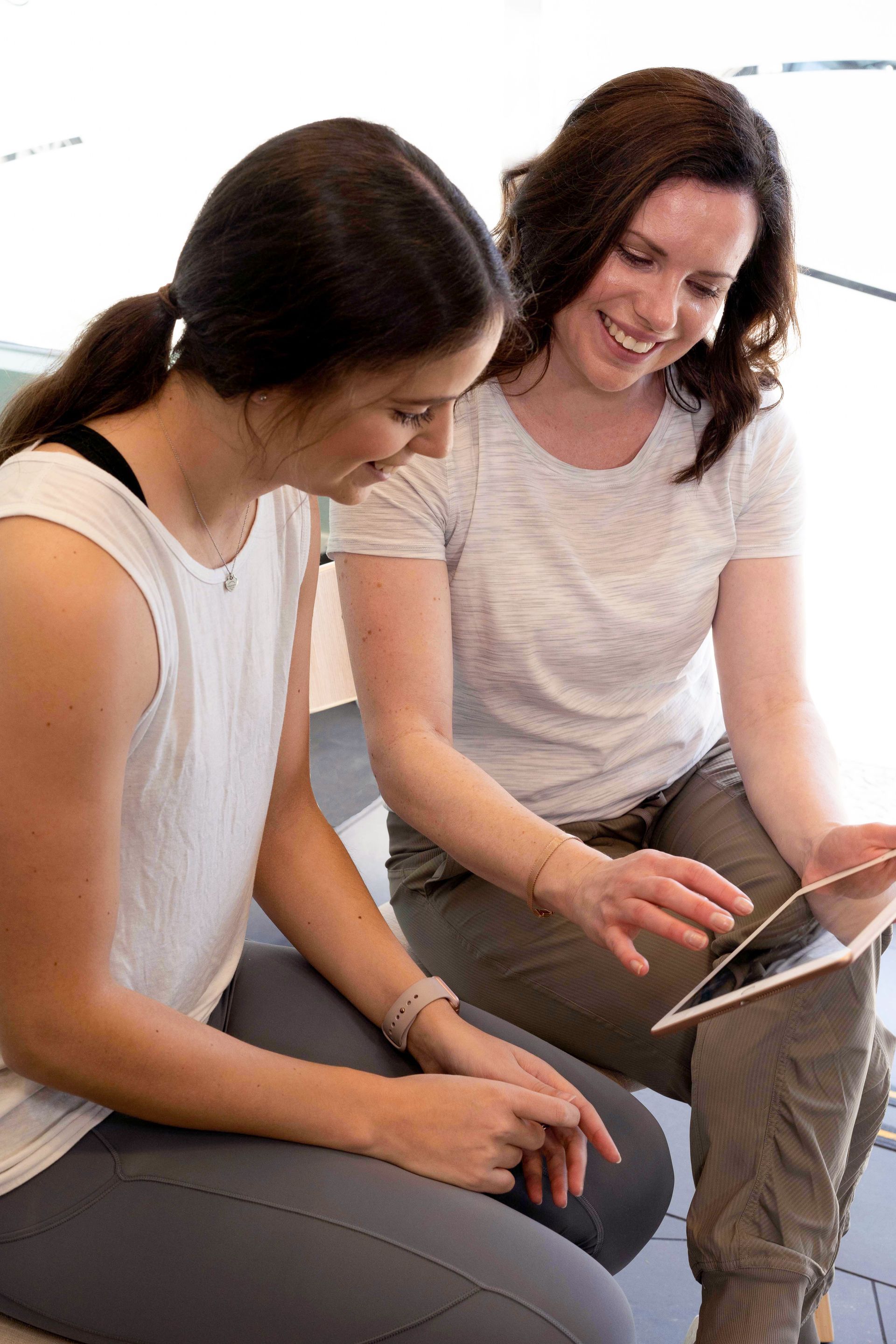Managing diabetes with exercise.

What is Diabetes?
Diabetes is a chronic medical condition that is characterised by elevated levels of glucose in the blood. This is commonly referred to as hyperglycaemia. This occurs when the pancreas is unable to produce enough insulin (a hormone that regulates blood glucose) or effectively utilise the insulin that is being produced [1].
How many people are affected in Australia?
In 2021, the Australian Institute of Health and Welfare reported that 1 in 20 Australians were living with diabetes. That is approximately 1.3 million people affected by this chronic medical condition.
What are the complications of diabetes?
If left untreated, diabetes can cause complications to various organs, blood vessels and nerves, possibly causing vision loss, kidney dysfunction, heart attacks and strokes [1].
How can exercise help?
Exercise, specifically aerobic and resistance training targeting major muscle groups has shown to improve glucose uptake and insulin sensitivity [2].
Additionally, exercise can help maintaining a healthy weight, decreasing blood pressure, reducing risks of other co-morbidities such as hypertension.
How regularly should you exercise?
Aerobic training:
Depending on intensity, current guidelines suggest 210 minutes of moderate intensity aerobic training or 125 minutes of vigorous intensity aerobic training per week with no more than 2 consecutive days of no exercise. Exercises should focus on using major muscle groups such as cycling, walking and running.
Resistance training:
2-3 sessions of resistance training consisting of 8-10 different exercises targeting major muscle groups such as squats, pushups and glute bridges. Each exercise are performed progressively at 8-12 repetitions for 1-3 sets.
Were you aware that your General Practitioner (GP) has the ability to issue a referral for an Accredited Exercise Physiologist (AEP) to access group allied health services under Medicare for patients diagnosed with Type 2 diabetes?
Book an initial consultation with one of our Accredited Exercise Physiologists (AEP) at Wellness in Motion TODAY to see what's best for you!
- Roglic G. WHO Global report on diabetes: A summary. International Journal of Noncommunicable Diseases. 2016 Apr;1(1):3-8.
- Pesta DH, Goncalves RL, Madiraju AK, Strasser B, Sparks LM. Resistance training to improve type 2 diabetes: working toward a prescription for the future. Nutrition & metabolism. 2017 Dec;14(1):1-0.

















